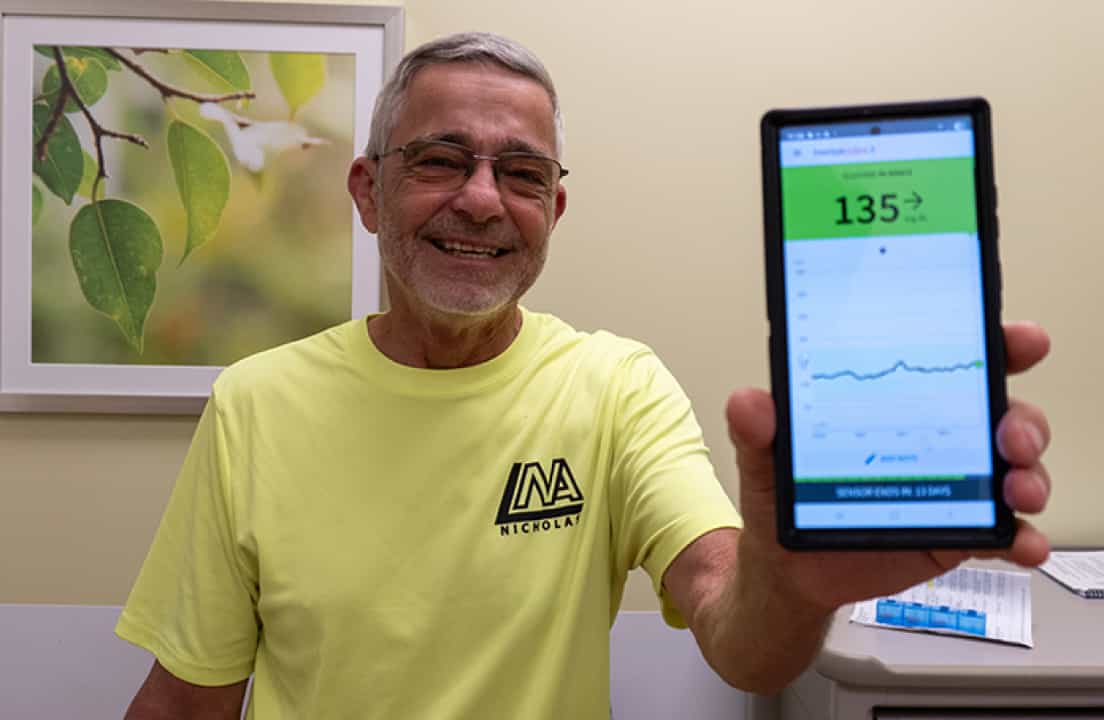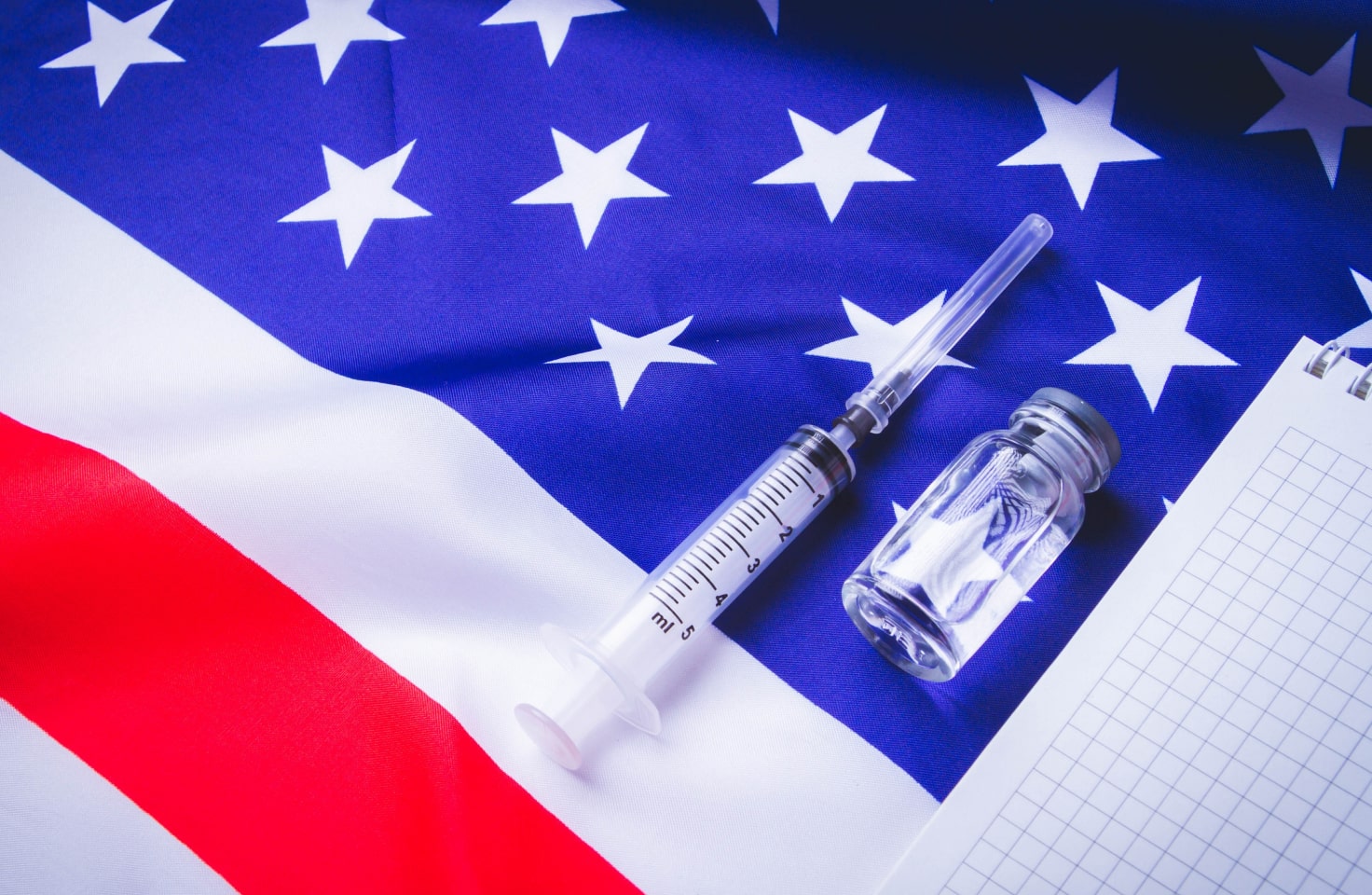T1D Guide
T1D Strong News
Personal Stories
Resources
T1D Misdiagnosis
T1D Early Detection
Research/Clinical Trials
What Causes Type 1 Diabetes: Your Beta Cells or Immune System?
At the onset of type 1 diabetes, it’s easy to joke about “needing a new pancreas” or to feel frustrated with our dysfunctional immune system attacking things it shouldn’t. But what if the cells in your pancreas that produce insulin are actually guilty of inviting the attack?
.jpg)
While type 1 diabetes (T1D) has a clear genetic link, scientists are still untangling what actually sparks the immune system to go rogue. Many people diagnosed with type 1 diabetes have no family history, which means other “external” factors — like viruses, pollutants, or food-related factors — can trigger the full onset of the disease.
However, remember that those external factors didn’t cause type 1 diabetes. Instead, something like the flu, a vaccine, puberty, going to college, and even the stress of a divorce can drive type 1 diabetes from stage 2 to stage 3 — when insulin production declines enough to cause obvious symptoms.
But what causes stage 1 to get started? The surprising twist is that your beta cells — the cells that produce insulin — don’t just sit there quietly waiting for trouble. For reasons researchers still don’t understand, your beta cells wave giant flags that catch the immune system’s eye and practically invite T-cells over for an attack.

Who started the fight: beta cells or T-cells?
Autoimmunity is the main event in type 1 diabetes. In this drama, beta cells aren’t innocent bystanders — they’re more like stressed-out neighbors who can’t stop calling the cops on themselves. (YIKES!)
“For decades, we thought the immune system was first to blame, but now we know that the beta cells make themselves visible to the T-cells, basically inviting them to attack,” explained Matthias von Herrath, MD, Strategic Advisor at the Diabetes Research Institute.
But the attack takes time. This back-and-forth drama between your beta cells and T-cells can lurk quietly for years before insulin production is low enough and blood sugars are high enough to cause diabetic ketoacidosis (DKA) and symptoms.
That’s why researchers define the progressive stages of type 1 diabetes:
- Stage 1: Two or more autoantibodies, but blood glucose levels are still normal.
- Stage 2: Two or more autoantibodies, blood glucose levels are abnormal but not consistently high or high enough to produce symptoms.
- Stage 3: Consistently high glucose levels, ketones, and obvious symptoms; insulin therapy is required.
The only way to spot the earliest stages of type 1 diabetes is through blood tests via TrialNet or other resources.

Curing Type 1 Diabetes is Complicated
So you’re wondering, “Okay, great, does this help them develop a cure for type 1?”
Well, this makes it even more complicated. For decades, they’ve been wondering, “How do we tell the immune system to back off and stop attacking the beta cells?”
But something also needs to tell the beta cells to stop asking to be attacked! We know there are many therapies in research today striving to be a “functional cure” for type 1 diabetes. This suggests the treatment provides insulin-producing cells along with a method of protecting those cells from the T1D immune system.
But a “true cure,” according to many, would mean receiving a therapy that first tells the beta cells to stop taunting your T-cells.
Cure Conspiracy Theories
I know there are many people who believe the cure for type 1 diabetes is being hidden or withheld by Big Pharma, but the truth is that the disease is remarkably complicated. (And by the way, there’s a lot of money to be made with a cure — a lot more than they are making from insulin! (The big money is in GLP-1s and type 2 diabetes.)
This deeper understanding that beta cells essentially present themselves to T-cells further demonstrates just how much researchers still don’t know.
And how much work is left to be done when it comes to developing a cure.

Whereas claims that a cure is being kept from people with type 1 diabetes are easy to refute when you look at how far current therapies have already come in functional cure research.
A true cure:
- Step 1: Identify why beta cells make themselves visible to the immune system.
- Step 2: Prevent the beta cells from making themselves visible to the immune system.
A functional cure:
- Step 1: Create an endless supply of insulin-producing cells → DONE
- Step 2: Develop a method of developing those insulin-producing cells in the body — DONE
- Step 3: Develop a method of protecting those cells from the immune system with immunosuppression → DONE
- Step 3: Develop a method of protecting those cells from the immune system without immunosuppression → DONE
You see, we’ve come a long way! Why aren’t methods or therapies available at your pharmacy yet? Well, a successful clinical trial with one person or even 18 people is not enough for FDA approval.
But these life-changing therapies are coming.








.webp)

.webp)
.jpg)




.jpeg)
.jpg)

.jpg)




.jpg)
.jpg)



.jpg)

.jpg)
.jpg)




.jpg)
.jpg)
.jpg)
.jpg)
.jpg)
.jpg)
.jpg)

.jpg)
.jpg)

.jpg)




.jpg)
.jpg)
.jpg)

.jpg)


.jpg)

















.jpg)




.jpg)







.webp)












.webp)














.webp)